11132_Javellana
advertisement
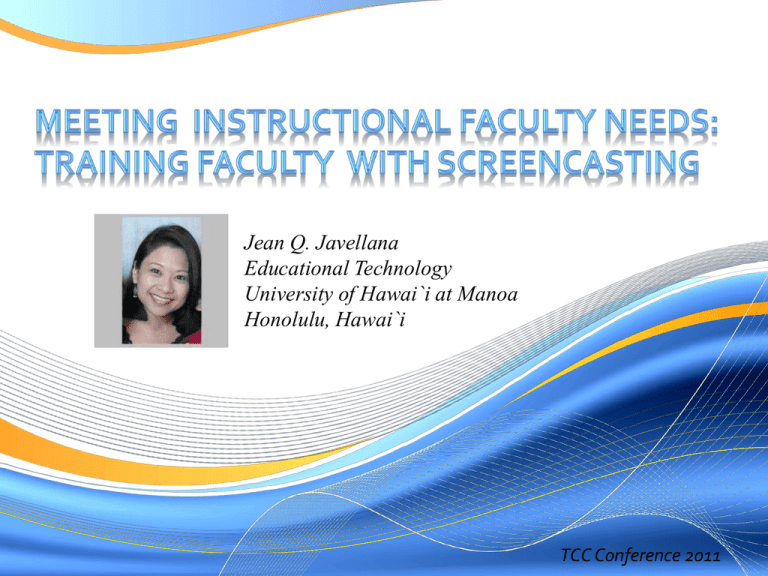
Jean Q. Javellana Educational Technology University of Hawai`i at Manoa Honolulu, Hawai`i TCC Conference 2011 TCC Conference 2011 Introduction Background Literature Review Method Results Discussion Conclusion References Questions “A picture is worth a thousand words” TCC Conference 2011 “A picture is worth a thousand words” For example, inflight safety instructions…. 1. Insert the metal fittings one into the other, and tighten by pulling on the loose end of the strap. 2. To release your seat belt, lift the upper portion of the buckle. In the event of a decompression, an oxygen mask will automatically appear in front of you. 1. To start the flow of oxygen, pull the mask towards you. 2. Place it firmly over your nose and mouth, secure the elastic band behind your head, and breathe normally. TCC Conference 2011 Screencasting What is screencasting? Screen capture of the actions on a user’s computer screen with accompanying audio What is Jing? Screencasting software TCC Conference 2011 Purpose of instructional design project: To develop and evaluate a video based instructional module created with Jing to enhance the level of understanding of faculty using the University of Hawai`i eTravel website. TCC Conference 2011 Conventional Classroom Training: eTravel Training + Paper Handouts Challenges and Problems • Lack knowledge of University’s eTravel process • Online travel forms too complicated • Not complying with travel procedures TCC Conference 2011 Online Static Image Format TCC Conference 2011 Print Format TCC Conference 2011 Demonstrating how something works and providing additional explanations from a computer screen is helpful for employees (Brown-Sica, Sobel, & Pan, 2009) Images can alleviate visual barriers (Carr & Ly, 2009) Screencasts used in educational settings to visually illustrate difficult concepts (Carr & Ly, 2009) Two characteristics common in visual learning: 1) Interaction with the media, and 2) multiple sensory perceptions (Tempelman-Kluit, 2006) TCC Conference 2011 Site and Participants • Site: University of Hawai`i – West O`ahu • Target audience: Instructional faculty at UHWO Module Design • Various tools used to create instructional module • ADDIE Model (Gagne, Wager, Golas & Keller, 2005 TCC Conference 2011 Process Consent to Participate Pre test Screencast (Video) Post test Post Attitudinal Survey TCC Conference 2011 Screenshot of Module “Home” Page TCC Conference 2011 Step 1: Consent Form to Participate in Study TCC Conference 2011 Step 2: Pre-test Multiple Choice questions TCC Conference 2011 Step 3: Watch Three (3) Video Tutorials Video 1: How to Log-in eTravel & Profiler Video 2: How to Create a Travel Request Video 3: How to Create a Travel Completion TCC Conference 2011 Step 4: Post test Multiple Choice Questions TCC Conference 2011 Step 5: Post Attitudinal Survey TCC Conference 2011 Pre-test scores lacked knowledge. Results of questions 3 & 5 scored an average of 100%. Q3 & 5 learners averaged a score of 100% for pre and post test, indicating concept could have been an entry level (EL) object. Learners scores improved on post test. Average score for pre-test was 86%; post test was 93%. 7% increase between test. TCC Conference 2011 None of the learners rated any of the statements “strongly disagree” or “disagree”. Pedagogical strategies rated at least an average of 90%. TCC Conference 2011 Post Attitudinal Survey Feedbacks “The video tutorials were very helpful…made using eTravel a lot smoother”. “Nice to learn at your own pace”. TCC Conference 2011 “Learned a lot of valuable information through the video”. “If you didn’t understand part of the instruction you could replay the video”. “A video demonstration is better than reading my travel notes”. Video based learning was an effective method for delivering step-by-step instruction and helpful in illustrating complex technical tasks. Learners can re-play the video and reinforce their learning. Low scores in qualitative analysis implies examining content and design of module. Further research will need to be conducted to include support staff and administrators. TCC Conference 2011 Results confirm that video-based learning appealed to the learning preference of faculty. Video technology has a great potential to provide learning experience in learning complex tasks and delivering step-by-step instructions. Process of planning and organizing instruction is critical. TCC Conference 2011 Betty, P. (2008). Creation, Management, and Assessment of Library Screencasts: The Regis Libraries Animated Tutorials Project. Journal of Library Administration, 48 (3/4), 295-315. Brown-Sica, M., Sobel, K. & Pan, D. (2009). Learning for All: Teaching Students, Faculty, and Staff with Screencasting. Public Services Quarterly. 5 (2), 81-97. Carr, A., Ly, P. (2009). “More than words”: Screencasting as a reference tool. Reference Services Review. 37 (4), 408-420. Educause Learning Initiative (2006). “7 things you should know about screencasting”. Retrieved March 26, 2011, from http://net.educause.edu/ir/library/pdf/EL17012.pdf Gagne, R.M., Wager, W.W., Golas, K.C., & Keller, J.M. (2005). Principles of instructional design (5th ed.). Belmont, CA: Wadsworth. Hodell, C. (2006). ISD from the ground up: A no-nonsense approach to instructional Design (2nd ed.). Alexandria, VA: American Society of Training and Development Press. Netteland, G., Wasson, B., & Morch, A. I. (2007). E-learning in a large organization: A study of the critical role of information sharing. Journal of Workplace Learning, 19 (6), 392-411. Simonson, M., Smaldino, S., Albright, M., & Zvacek, S. (2009). Teaching and learning at a distance – Foundations of distance education (4th ed.). Boston, MA: Pearson/ Allyn and Bacon. Small, J. (2010). Delivering library instruction with screencast software: a Jing is worth a Thousand words!. Southern Cross University ePublication. Retrieved March 26, 2011 from http://epubs.scu.edu.au/cgi/viewcontent.cgi?article=1035&context=lib_pubs Svensson, L., Östlund, C. & Sorensen, C. (2003). User Preferences and Learning Effects of Videobased Learning. In A. Rossett (Ed.), Proceedings of World Conference on E-Learning in Corporate, Government, Healthcare, and Higher Education 2003 (pp. 743-746). Chesapeake, VA: AACE. Tempelman-Kluit, N. (2006). Multimedia learning theories and online instruction. College & Research Libraries, 67(4), 364-369. Udell, J. (2005). Fast-forward learning. InfoWorld, 27(12), 10. My gratitude to Dr. Mike Menchaca, Dr. Curtis Ho, Dr. Peter Leong, Dr. Ellen Hoffman, & Ms. Ari Eichelberger. A special thank you to Dr. Catherine P. Fulford, Department Chair. A big Mahalo to my Critical Friends Focus Group (Nikki Kinoshita, Beth Pemberton, & Stacie Fernandez). TCC Conference 2011 Contact Info: Jean Q. Javellana jean@uhwo.hawaii.edu TCC Conference 2011 TCC Conference 2011
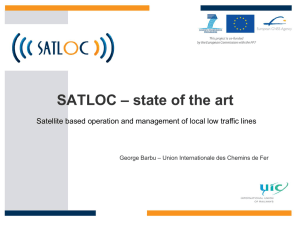
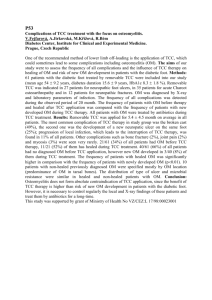

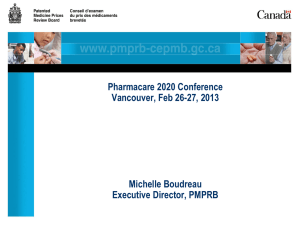

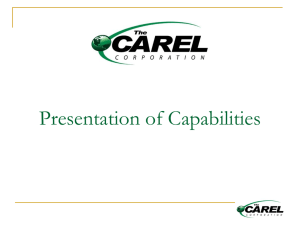


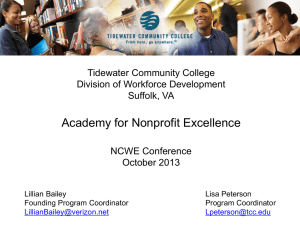
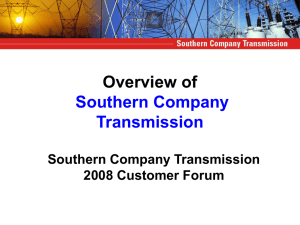
![John McDonald, Director, Claremont Colleges Library [PPT]](http://s2.studylib.net/store/data/005395875_1-1935e1d320e49e3ca4701d9a87404d36-300x300.png)
